In celebration of photography day I went into the darkroom to catch up on some printing. But of course had to try something new.
First I mixed my Photographers Fomulary 130 paper developer a little more dilute to see if it made any difference in tone of my normal paper. I mixed it 1:2 instead of 1:1. I do not see any difference in tonality of the prints or speed of the paper in developer. I let my prints develop an extra 30 seconds just in case. So I can get a little more economy out of the developer, maybe even mix 1:3.
For my last few prints I switched from Ilford MGFB Glossy to Bergger Variable NB Neutral Glossy paper. Both papers are coated by Harmon Technologies. The scene was a waterfall with dark rocks surrounding and a bit of brightness at the top. The first thing I noticed is that the image in the developer appeared much faster on the Bergger paper than it does on Ilford. Then as it developed the blacks were much starker and perhaps a tad bluer. So I backed off of the exposure about 2/3 stop but it looked a little flatter. In my limited tests, the Bergger paper needed less contrast filtration and around a third stop less exposure.
I like the depth and darkness of the Bergger paper and it is a great choice for deep shadow scenes. The mid-tones and highlights are well separated too for the grade 2.5 exposure I was using. Ilford seems a little more open in shadows with detail but that may be a paper speed difference. More experimentation needed. The glossy finish is similar to Ilford’s.
Bergger NB is more expensive than Ilford MGFB, and the Ilford is available in 100 sheet, or 250 sheet boxes of 8×10. Bergger is only offered in 25 sheet boxes.
I would also like to try this paper in my LPD warm-ish developer mixed 1:3 to see if it has any tonal shift toward the warmer hues. More fun for another day.
Here is an example of the differences in tone and speed. Same developer, same exposure.
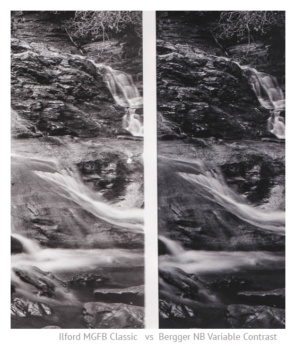
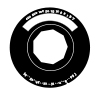
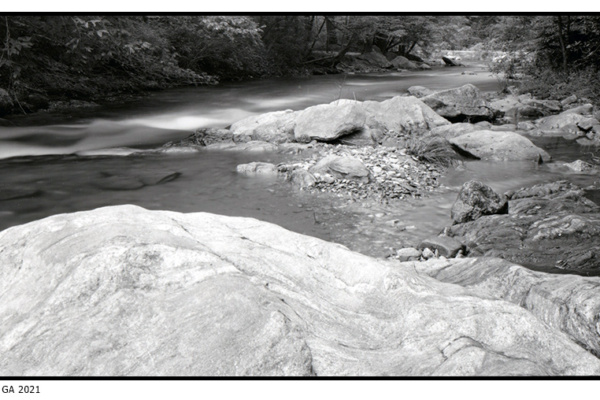
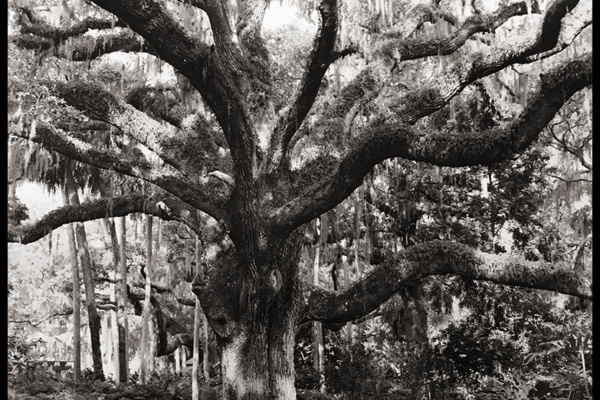
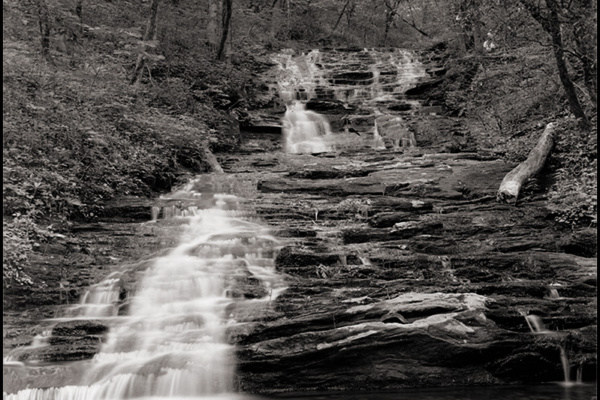
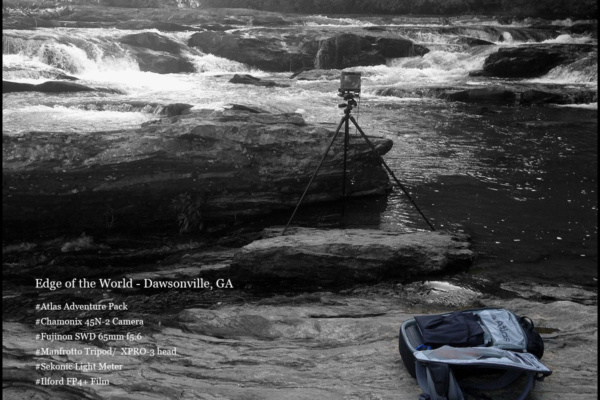
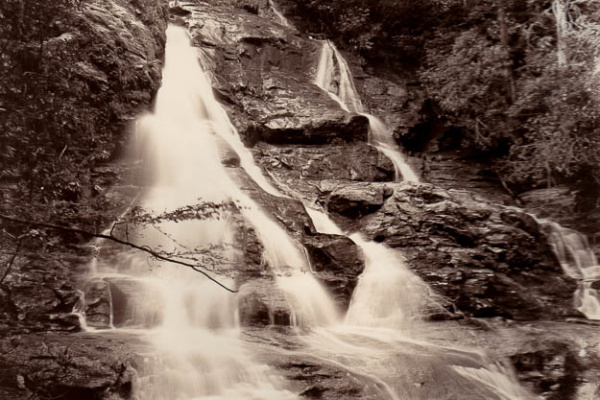
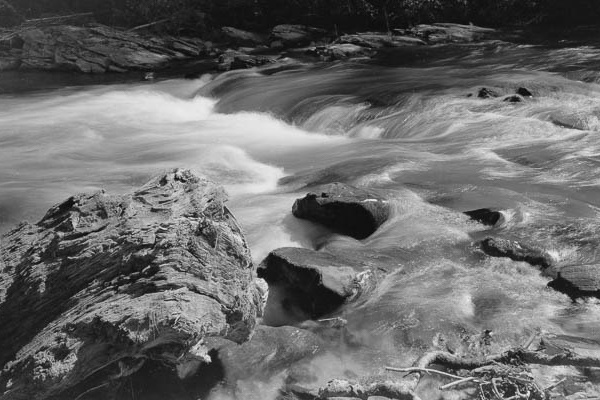
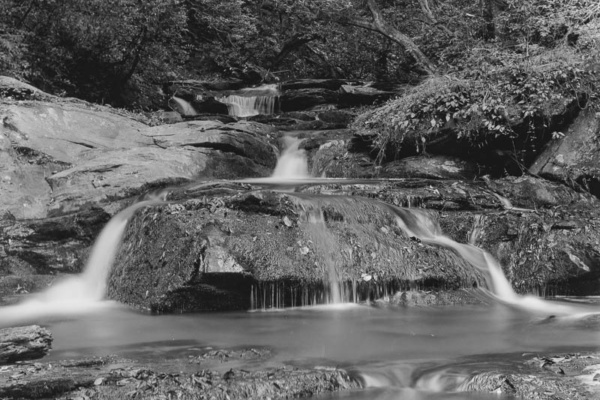
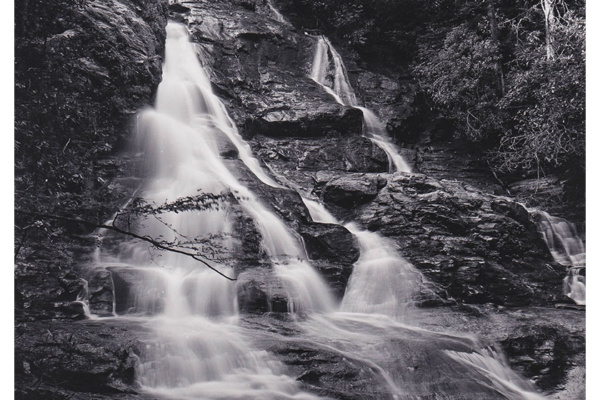
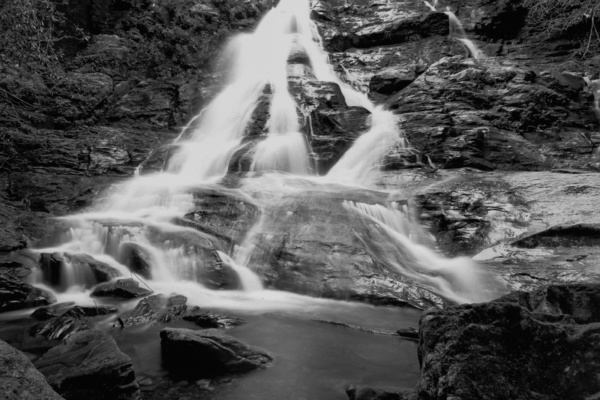
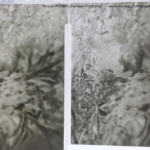 Pyrocat M and FP4 Film test
Pyrocat M and FP4 Film test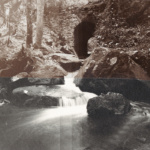 Sepia Toning with Thiourea Part II
Sepia Toning with Thiourea Part II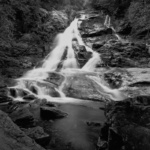 High Shoals Falls
High Shoals Falls